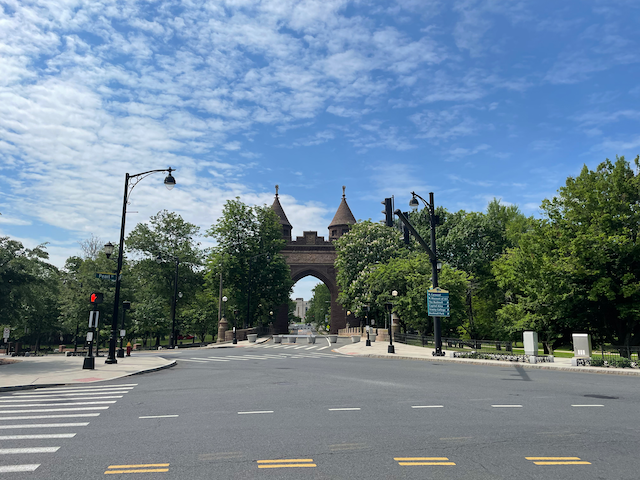Since I began looking for a new full-time job, I have noticed two major challenges I face as a candidate. One is simply my age. As a "second-career" person, it is sometimes difficult to be considered for junior positions. I have some thoughts on that, but I'll save them for another post. The second major challenge, which I will focus on here, is overcoming a number of assumptions around my "first career."
Religion is a hot button topic in almost any context. But, as mainline denominations continue to decline and traditional expressions of religion become more marginal, I have noticed that many people know very little about religious people or regard them with suspicion. I think this is understandable. Perhaps another blog post could be "10 Myths About Me as a Former Religious Leader." I would like to suggest, however, that clergy develop a number of key skills that are of great value to any development team. I suspect that many people are unaware of what the role of 'pastor' actually entails. So, here are a few things to consider.
- Clergy are self-starters. Generally speaking, clergy have to supervise themselves. I always had to set my own agenda, organize my meetings, reach out to people for engagement, and then follow up to ensure things got done. I even had to train committees on how best to evaluate me and review my performance. In most of the churches I served, I had to initiate or facilitate almost everything that happened in the church life.
- Clergy know how to overcome adversity. I have lived in parsonages (housing for clergy) that lacked electricity. I have called 911 to protect my home and church building multiple times. I have escorted troubled, disturbed, potentially violent people out of the church. I have worked with highly restrictive budgets in order to get something done. I have managed small, overworked, underpaid staff. Difficult circumstances are the norm for clergy.
- Clergy are problem solvers. Running a church is like putting a 500-piece puzzle together with 250 pieces. You have to figure stuff out. I served a church that lost its boiler in the middle of a freezing cold winter. We had a very small budget. You have to figure it out. I served a church that needed a new way to connect with the neighborhood and the wider community. You just have to figure something out. Solutions have to be found. And you are the person to find them. The fact is that the "buck stops" with the pastor in most churches.
- Clergy are good communicators. Sure we have to preach and speak often in public settings. But we also have to organize people into leadership teams and committees. We draft newsletters and blog posts. We plan and lead educational programming for all ages. Most of all, perhaps, we have to motivate people to be engaged and to live their lives faithfully.
- Clergy know how to deal with people. Churches are people. And that means there are all kinds of people. Some are easy to work with. Some are not. Clergy work with them all. Navigating personalities, investing in difficult relationships, reaching out to people in need, listening, counseling, advising - all of this and more is part of the daily life for clergy.
- Clergy are life-long learners. Most clergy I know are in therapy with a professional counselor - not because of any particular diagnosis - but because they want to invest in a deeper understanding of themselves. Most clergy I know have a huge bookshelf full of books and attend conferences and are part of support groups. Clergy are committed to learning more and more about themselves and their craft.
- Clergy have high emotional intelligence. Clergy know how to listen closely to people and really integrate their ideas. Clergy also know how to address the concerns of others to meaningfully impact them. Clergy are trained to be responsive to the needs of the people they serve, and to always be authentic in their encounters with others. Clergy bring their "whole selves" to their work.
I understand why hiring managers are a little reluctant to consider former clergy people for their positions. But if they could take a more objective look at former clergy from mainstream churches, they might see a wealth of opportunity in their hiring practices.





